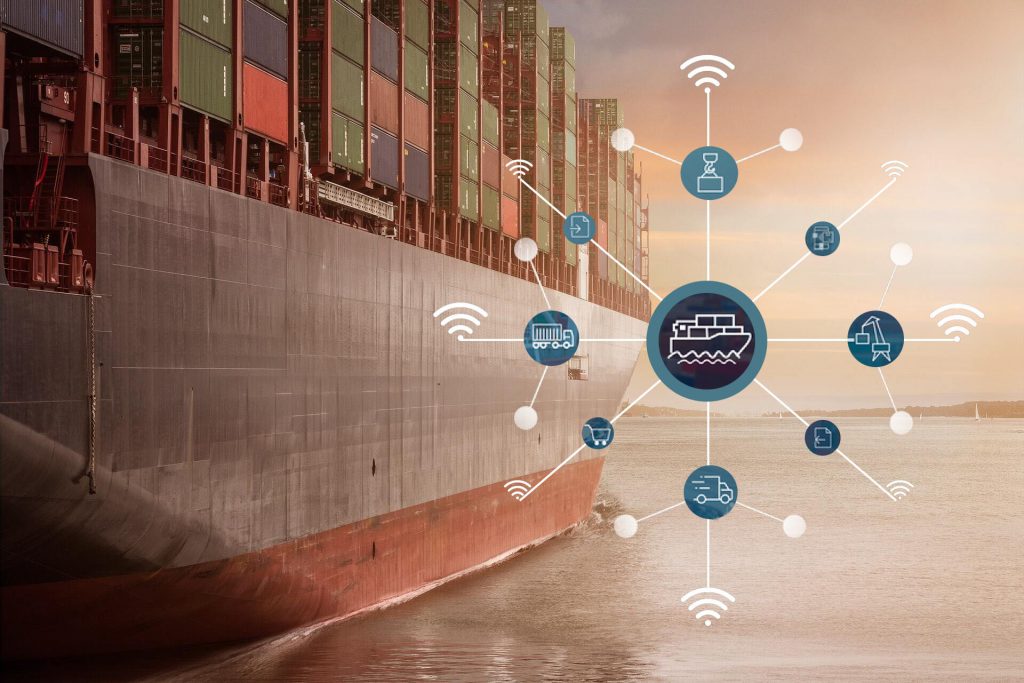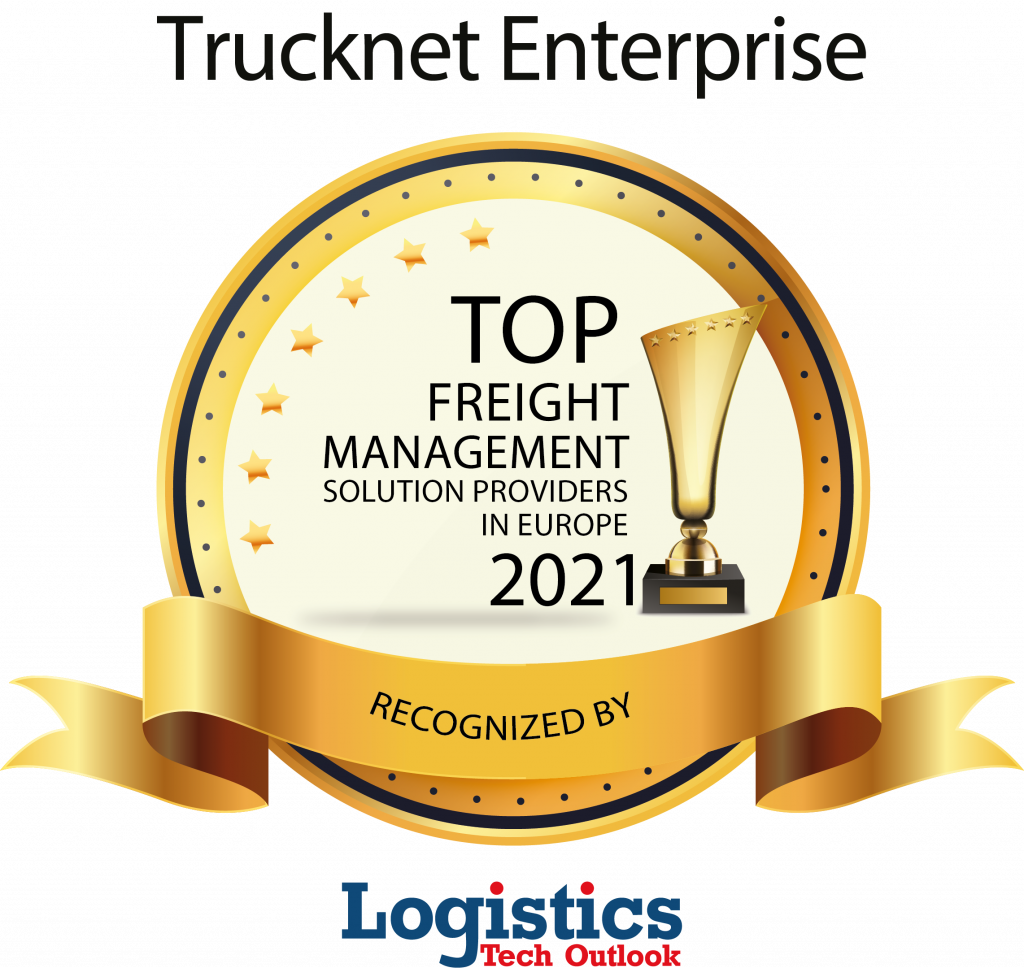Sea Freight and connection to road transportation
The international trade of goods and services is a fundamental component of the global economy. According to the global business data platform “Statista”, over 80% of the world’s commodities are transported by sea passing through many ports on the way. Numerous industries are dependent on cargo shipping, especially those that rely on a supply of raw materials.
Hazardous substances such as oil, gas, and products of the chemical industry are often transported great distances by sea, providing the cheapest means for shipping. Actually, the majority of all cargo is conveyed by sea, and many companies choose this mode of transport in order to increase safety as well as to save costs. In 2020, less than 1% of global cargo theft came from shipping vessels.
Efficient port administration requires rapid and large-scale modernization. Operations are significantly slowed down by ship and truck congestion, due to various causes. A port is a facility comprising areas where ships load and discharge cargo (and passengers). The shipping system is complex, while ports serve as hubs for the distribution of freight by all modes of transportation.
In rare case, such as moving raw materials to a production facility, delivery of goods can be carried out from one port to another, without additional transport modes.
It is clear that ports will eventually be automated. However, it should be noted that processes need to be simplified before successful optimization can occur. Major barriers to automation include professional capabilities and experience (technical positions), data quality, siloed operations and more. Automation does not allow solving problems at individual functions.
Breaking down silos between functions is always a challenge, but it is especially difficult for ports that supply the sea/land interface. One of the basic principles of automation is controlling the process, which requires the use of integrated technology for efficient monitoring of traffic and trade flows in the end-to-end terminal process of ports.
A paper published by the Digital Container Shipping Association (DCSA – an independent organization promoting digitally interconnected container shipping) notes the need for a transition from paper-heavy trade transactions to electronic billing. Use of a digital bill of lading (BL – shipment receipt) could result in potential savings of $4 billion per year if only 50% of the shipping industry would adopt the technology.
An OECD report states that global container handling in ports would rise to four times the current levels by 2030, if ports were smart and automated.
Attempts to create an electronic bill of lading (eBL) began in the late 1990s and now more than 20 years later the issue is back on the agenda. It has been called the “Holy Grail of global trade”, referring to a treasure with miraculous powers; however the many obstacles on the way have prevented implementation of the technology.

How do we connect the ship with road transport?
Short-term optimization of sea freight transport – Multimodal transport involves the use of more than one type of haulage. The best option today is container shipping, where we can combine sea, rail and land transport. This is the easiest way since container shipping companies provide the vehicles, organize the loading in point A and the unloading in point B, while tracking the process. Today, there are companies developing the use of shared shipping containers, allowing different companies to place their cargo in one container in order to get a full load.
Long-term – The concept of the Fourth Industrial Revolution (4IR or Industry 4.0) relates to the ongoing automation of traditional industrial practices using modern smart technology. True optimization of port administration, Port 4.0, is considered to be part of this future 4IR. A smart digitalized port will include the use of innovative technologies to increase efficiency and improve performance, ensure security and cyber-security as well as reduce harmful emissions.
Which technologies can help us create smart ports?
Artificial Intelligence (AI), and more specifically machine learning (ML), can be used to enhance shipping routes by determining the best course at the best speed. For optimization and efficiency of the shipping industry, decision-making automation can forecast and optimize performance by reducing human error and accidents, and in addition increase work safety and security.
Internet of Things (IoT) enables real-time tracking and monitoring of cargo at all levels by Port Authorities. It is used to determine location and to identify in detail what each ship is carrying by using sensors.
Blockchain was addressed in one of our previous blogs. This innovative technology stores transaction data which is impossible to change or delete. It provides an open platform paperwork-free system.
New ideas are on the table for ship owners. For example, digital twin models will provide a tool for visualization of ship and subsystems, qualification and analytics of operational data, optimization of ship performance, improved internal and external communication, and safe handling of increased levels of autonomy.
We at Trucknet support the idea of creating an ecosystem, where smart vehicles are combined with virtual processes in the digital world. The concept of integration and connection between all systems and processes only can be achieved with maximum transparency and connectivity. In a world of digitalization and sharing economy, business efficiency will be improved and environmental concerns can be addressed.

“Digitalization is a path, not a journey; Digitalization is not all about technology, it is an intersection of technology, innovation and processes – all equally important”
– Mark O’Neil, Columbia Marlow



